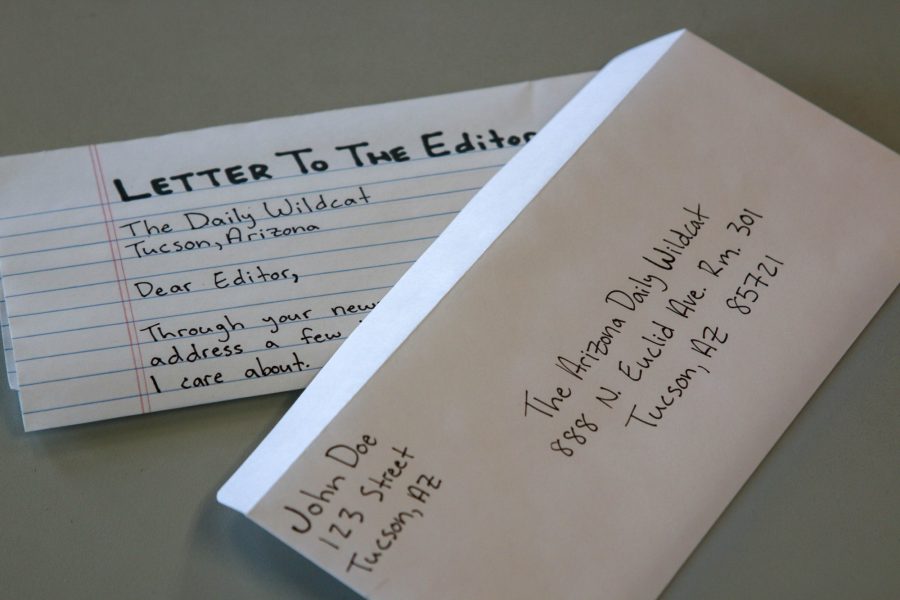Recently, renting textbooks has become a cheaper way for students strapped for cash to obtain the books for courses.
Great — we have an avenue around the overpriced and generally unnecessary textbook requirements. Not always, though.
Think about the vicious cycle of the textbook. The textbook is typically written by professors who have tenure and don’t always teach classes. Those textbooks are then chosen by course instructors. The books are mass-produced and sold to students for exorbitant profits to pay for those tenured professors. The consequence is that students go broke paying for 500-page textbooks from which the instructor only assigns 100 pages of reading, and the average students skims about 50 of those pages anyway. That’s $119.95 well spent!
A federal report from four years ago showed that textbook prices nearly tripled in the period from 1986 to 2004, rising at more than twice the inflation rate. Renting should be an exciting new option for students, right?
The problem with renting textbooks, naturally, is that you don’t actually own the thing. Remember that old saying that it’s always better to own than rent? Well, it could be the other way around, but why pay for someone else’s investment? If students are willing to do that, why shouldn’t I just rent my own textbooks out?
No, I think I’ll buy the book, and then put it up on Amazon.com once the semester is over. If I paid $100 for a new book, I could sell it back to the UA, who might give me anywhere from 15 to 50 percent for it and turn around and resell it for $75, or I could throw it on Amazon for $70, in which case the book only cost me $30.
Don’t overlook the small print on the rental agreements many online companies ask you to agree to, because they usually don’t guarantee when your book will arrive and usually charge you money if you return the book late. Also, if the book you rent happens to be “”damaged”” at all upon its return, you’ve just bought that book you were trying to avoid buying. Congratulations — mission not accomplished! I guess that’s the worst thing that could happen, but nobody knows who’s going to be judging the damage or what really constitutes damage for that matter. It’s kind of an umbrella rule these companies have in place that gives them ultimate power over us poor, struggling students.
Cengage Learning, a textbook publisher, recently announced its entry into the textbook renting arena offering their books at 40-70 percent of the sales price. If you’re paying 70 percent of the price of the book, why not just buy the thing? Thinking about it that way, it makes little sense, unless you just don’t have the money at that particular time.
Associated Students of the University of Arizona Sen. James Brooks, on the other hand, is a strong advocate for textbook rentals and made it a big part of his election campaign. He points out that the positive aspects of increasing the number of textbooks available to rent go far beyond the initial savings.
“”The main issue with this campus is that only about 30 percent of the teachers actually submit their book requests on time.”” He points out that as a consequence, “”The number one reason that they don’t purchase back all your books is because they don’t know if teachers are going to be using that book again.”” Another consequence of late book requests is sometimes the bookstore will have to order new books all over again, their inventory depleted and no used books available.
The best part about making textbooks available for rent is that to do so, the instructor has to commit to using the same book to teach the class for two years or four semesters.
To help accomplish this, the Associated Students of the University of Arizona established a form during their Nov. 18 meeting that they plan to post on the ASUA and senate Web sites and to hand out to students, that can be given to instructors asking them to commit to a certain book for a two-year period. The form, signed by the teacher, should then be returned to ASUA who could present the forms to department heads.
Brooks feels your pain. “”I’ve been in that position too where I’m like, ‘Man, I barely use this, why did I purchase it?'”” Brooks said. “”It’s become the state’s campaign for the three universities to increase rental textbooks in the same way.””
While renting textbooks may not be that great of a deal financially speaking, and a lot of companies and publishers are looking to separate students from their cash, Brooks believes that the simple act of getting instructors to commit to using the same book more than once will translate into cheaper prices across the board and less of a strain on students’ wallets.
While textbooks may not seem like a huge expense in the grand scheme of things, it sure feels like it when you watch the cashier scans your books and you see the price rocket quickly into the $300-$500 range.
“”It’s about making sure they keep the students in mind instead of the suppliers,”” Brooks said. The best way to do that, he suggests, is to not be afraid to question and to apply gentle pressure on the teachers to make a decision.
Ask if the last edition of a certain textbook is all right to use instead of the pricier latest edition, get them to sign the form available at ASUA. As Brooks says, “”It’s all about student participation.””
Consider taking an interest in the textbook expense an investment in your future.
— Christopher Ward is an junior majoring in English. He can be reached at letters@wildcat.arizona.edu.








